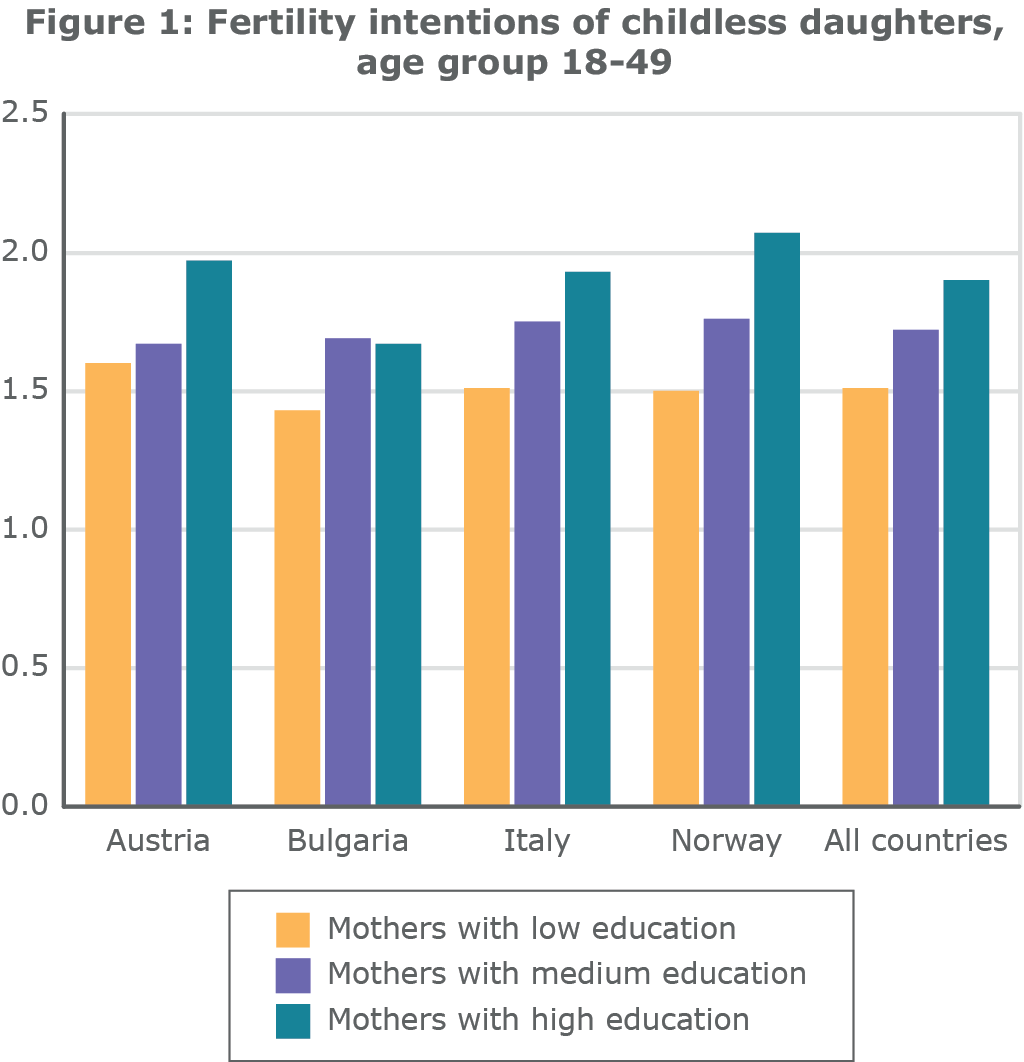Population ageing will continue to be one of Europe’s biggest long-term policy challenges in coming decades. Older populations have many advantages, but they also have very concrete costs—most notably on pensions, one of the foundations of modern-day welfare states. Longer lives, the result of better health and nutrition, is certainly part of the equation, but this can hardly be qualified as a problem. No, Europe is ageing, and—despite our intentions—low fertility is the reason. Low fertility is also the result of positive developments. Women’s ever-increasing participation in the workforce has improved women’s autonomy and gender equality in European societies. It has simply taken a toll on overall fertility rates at different times. The reasons are complex. Researchers point out that the cost of childbearing on women is increased when they work, especially for those women who many not be inclined to have children in the first place. Others have shown that many women, understandably focused on their career and private lives, have delayed childbearing until it was too late, or at least too late to have the number of children they would have liked. What role has policy played? There is evidence that fertility has stayed low where work-life reconciliation policies have failed to keep up. Accessible childcare or meaningful paternity leave, for example, help reduce the conflict between childrearing and mothers’ careers (and, naturally, a family’s income). This is especially true for highly educated women, who have the highest opportunity costs but also the most capacity to plan their future. What are not holding back fertility rates are intentions [1]. According to the 2011 Eurobarometer, the two-child family was the most preferred family size for the majority of women at all education levels. Highly educated Italian women intended to have 2.2 children; however, they had an average of 1.1, giving them a fertility gap of 0.9 children. Educated Bulgarian women, who had 1.0 kids, ultimately intended to have 1.8, a gap of 0.8. Meanwhile, the fertility gap of their less educated counterparts was 0.8 and 0.5, respectively. This pattern—higher gaps for higher than lower educated women—is reproduced in nearly all EU countries. These fertility gaps should be seen for the policy opportunity that they are. Even with the disparities, fertility intentions are one of the strongest predictors of actual behaviour. For policymakers concerned about rapid population ageing, that educated women intend to have more children than they’re having is good news.
No surprises
To understand the obstacles to intended family size, the drivers of their intentions must be understood, too. Compared to their actual family sizes, why do educated women seem to have such unexpectedly high fertility intentions? The short answer: planning. Evidence [2] suggests that childless women with highly educated mothers are more likely to intend to have more children through a mother-daughter transmission of resources (and preferences) that facilitates childbearing planning (Figure 1). Ultimately, a mother’s education does not replace a daughter’s when it comes to intended family size. A mother’s education complements it, and strengthens the argument that fertility intentions are in good measure a function of one’s ability to plan.

Source: [1], [2], see below.
Invest in equality
If we want to close the fertility gap in society, first we should see it for what it is: policy space. Admittedly, there is little indication that family policies alone can boost overall fertility. Whether it is wise to intervene directly in this area is also open to debate. Regardless, we should be encouraged to further invest in education and the services that help women plan their lives. At the very least, these interventions immediately improve gender equality and quality of life. But evidence suggests they could yield returns for generations.
Maria Rita Testa, Wittgenstein Centre for Demography and Global Human Capital (VID/OEAW, IIASA, WU), Austria
[1] Testa, Maria Rita (2014). On the positive correlation between education and fertility intentions in Europe: Individual- and country-level evidence. Advances in Life Course Research. 21: 28 – 42.
[2] Testa, Maria Rita, Valeria Bordone, Beata Osiewalska and Vegard Skirbekk (2016). Are daughters’ childbearing intentions related to their mothers’ socio-economic status? Demographic Research. 35 (21): 581 – 616.
Further information: ReCap project, http://recap.wu.ac.at